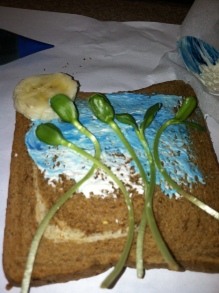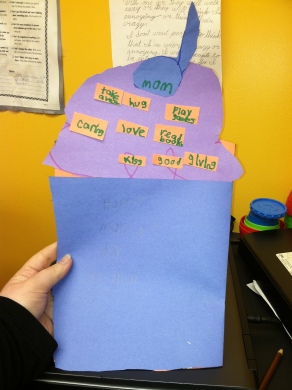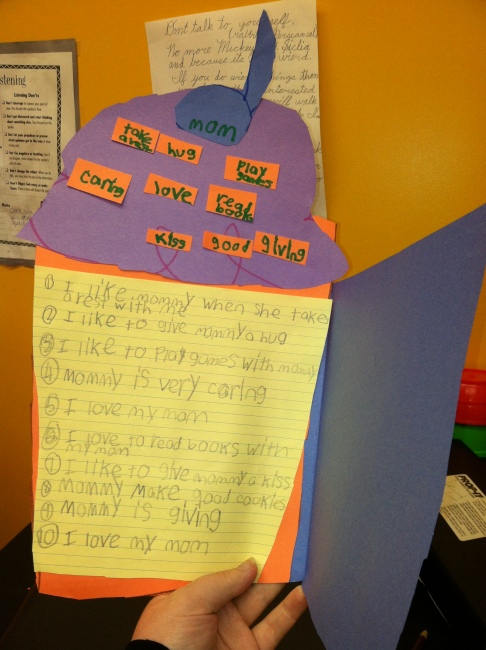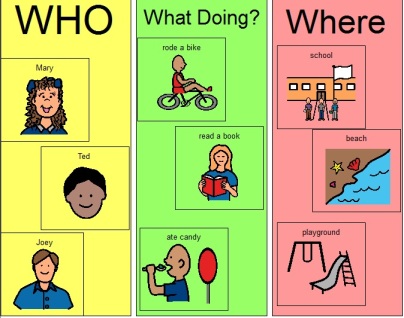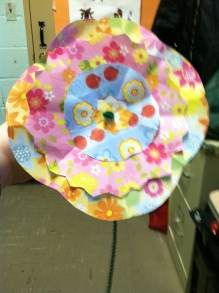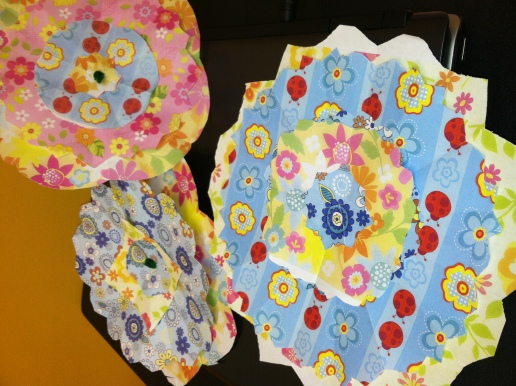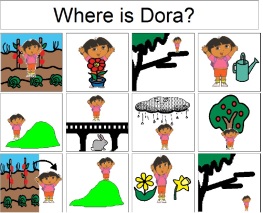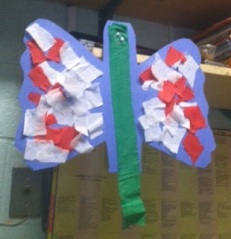I have been lucky these past few years to have such amazing graduate interns. They are eager for
 information and their zeal for therapy is unmatched. It renews my own enthusiasm in therapy and makes me give extra thought to what I am doing therapeutically and why I am doing it. One part of being a supervisor is answering questions and making sure graduate interns get an honest view of what working in the profession looks like (the good: trips to Toys R US for fun, and the bad: too many students, and almost endless paper work)
information and their zeal for therapy is unmatched. It renews my own enthusiasm in therapy and makes me give extra thought to what I am doing therapeutically and why I am doing it. One part of being a supervisor is answering questions and making sure graduate interns get an honest view of what working in the profession looks like (the good: trips to Toys R US for fun, and the bad: too many students, and almost endless paper work)
A wonderful and creative former graduate student of mine Katrina Van Sluyk wrote this guest post on some of the questions she used to ask me about life after graduation. So please enjoy!
——————————————————————————–
Congratulations to all the January, May, and August 2012 graduates! You did it! Commencement services are fast approaching or have passed and you now hold a Master’s Degree in Speech Language Pathology!! Parties, dinners, imitate gatherings, and celebrations are now over and you are in search of your first job, a Clinical Fellowship Year (CFY) position in Speech Language Pathology. This is a very exciting time in your life but can be also be very scary.
The beauty of our field is that there are so many possible employment opportunities. If you don’t already know, you need to decide what population you want to work with. After completing my placements, I knew I wanted to work with pediatrics. During my last semester of graduate school, I had a ton of questions regarding what I should look for in an agency, school and/or supervisor before I accept a CFY position. Viky, my supervisor at the time, gave me a lot of useful advice about what I should look for when choosing my CFY position.
I am going to try to answer those questions and help advise you based on the advice that was given to me. Here is the advice that was given to me when seeking a placement that I would like to pass on to you:
First, I hate to be the bearer of this news, but it very difficult to find a CFY position. Once you have spent time searching the known websites including www.advanceweb.com, www.indeed.com, www.speechpathology.com and www.craigslist.com, just to name a few, you will see that many of the agencies, private practices, and both private and charter schools are looking for certified SLPs with a few years of experience. Keeping in mind, that CFY positions are limited from the start, and let’s face it, we all want to finish our 9 months ASAP, to become Certified Speech Language Pathologists, I suggest not settling for the first position that is offered after you ace the interview. A CFY position is an extremely critical time as we still have a lot to learn in the field. This is the last time we will have a Supervisor guiding us as we treat disorders and cases we did not come across during our graduate internships and externships.
You will need to choose which aspects of your CFY are most important for you.
- Other therapists, CFY’s on site (like the saying goes “two heads are better than one”) to bounce ideas off, share materials, and ask questions to obtain an immediate answer
- A full time position is always better than part time (full times requires 9 months, part time is longer)
- A salaried position (getting paid for days off/sick days, benefits)
- A Supervisor that is always available (phone, email, text messaging-being able to use all modes of communication)
- Supervisor observation (how often does the supervisor comes to observe you)
- A convenient location (consider travel expensive)
- Mode of transportation (distance from train/bus to site of employment, parking arrangements if driving)
- Dress code of employer
- Methodology of treatment (play therapy vs. structured ABA/PECS therapy)
- Group vs. individual therapy (you may get paid per hour not per person seen)
- Requirements of paperwork/reports (is there time built into the day to complete paperwork, or done on your own time)
- When considering working with junior high school/high school-the nature of our field is changing to include more fields so consider the requirements of the child that includes reading and writing therapy
- Working environment (your own room, sharing a room with multiple therapists, or working in a hallway, using different rooms)
- Availability of resources (therapy materials, computer, I-pad, specialized computer programs)
If this was not mentioned in your graduate courses it is a vital piece of information and if it was, I think it is worth repeating: CHECK WITH YOUR STATE ABOUT THE REQUIREMENTS FOR A CFY!!!!!!!!
In New York State (where I am) you are only allowed two Supervisors during the total time of your CFY position (9 months full-time/more for part-time). You will need to stay a total of six months at one position (either full-time (35 hrs/per week) or part-time (a minimum of two days per week consisting of no less than 12 hrs/per week) in order for your hours to count towards NYS Certification. Here is the link with additional valuable information for New York State’s requirements for Certification. http://www.op.nysed.gov/prof/slpa/speechlic.htm#exp
—-Katrina Van Sluyk

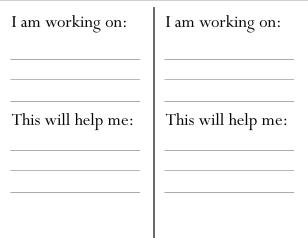
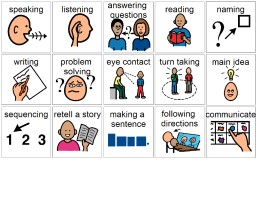
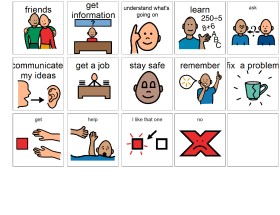
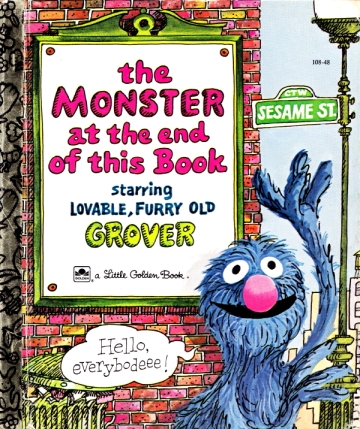
 information and their zeal for therapy is unmatched. It renews my own enthusiasm in therapy and makes me give extra thought to what I am doing therapeutically and why I am doing it. One part of being a supervisor is answering questions and making sure graduate interns get an honest view of what working in the profession looks like (the good: trips to Toys R US for fun, and the bad: too many students, and almost endless paper work)
information and their zeal for therapy is unmatched. It renews my own enthusiasm in therapy and makes me give extra thought to what I am doing therapeutically and why I am doing it. One part of being a supervisor is answering questions and making sure graduate interns get an honest view of what working in the profession looks like (the good: trips to Toys R US for fun, and the bad: too many students, and almost endless paper work)